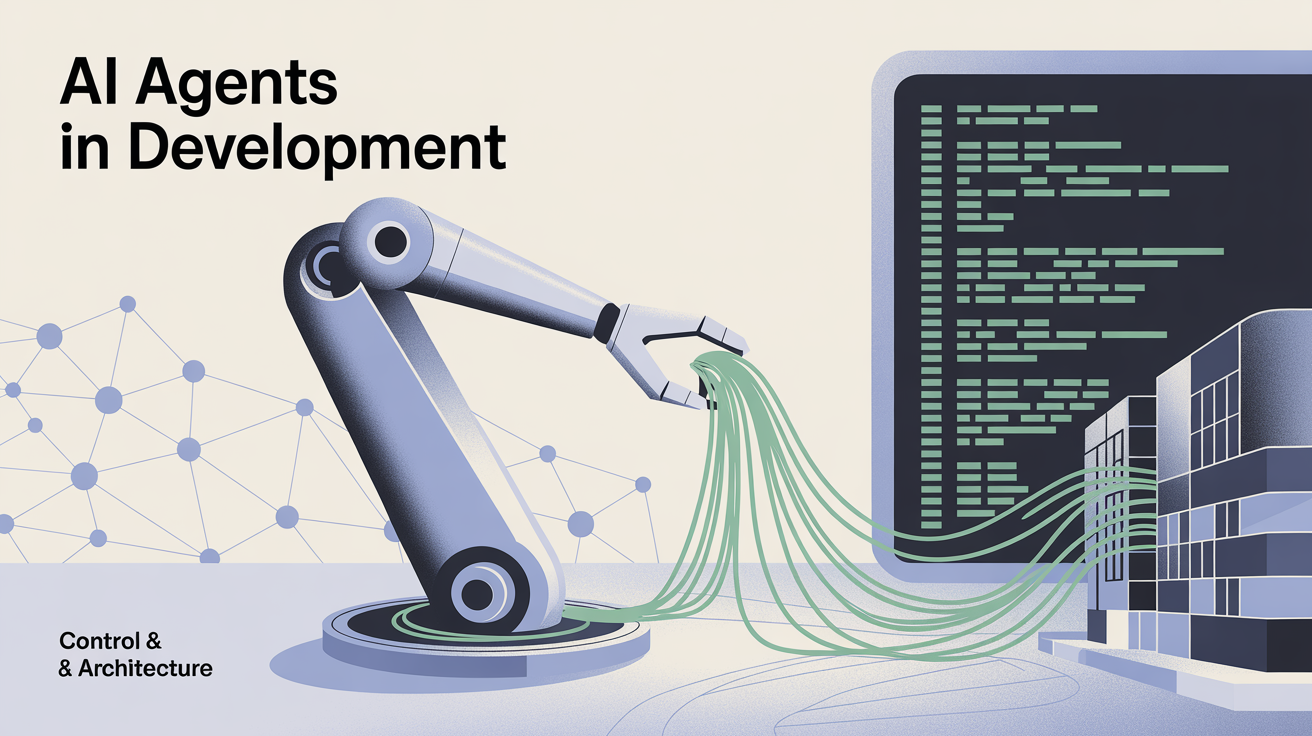
When AI Becomes a Problem, Not an Assistant
Imagine this: Your AI assistant generates hundreds of lines of code in minutes, completing a task that would take a developer half a day. Everything looks perfect… until the first production bug hits. It turns out the AI used an outdated library, ignored edge cases, and left hidden pitfalls for your team to clean up.
By 2025, AI agents (GitHub Copilot, ChatGPT for code, autonomous DevAgents) have evolved from mere tools into full-fledged “teammates” in development. But the more autonomous they become, the higher the risks:
1. “Magic” Code That No One Understands
Problem:
AI agents often produce code that works but:
-
Contains non-obvious optimizations (e.g., replaces standard loops with complex one-liners).
-
Uses rare or deprecated libraries unfamiliar to the team.
-
Lacks readable comments or explanations of logic.
Consequences:
-
Developers waste hours deciphering “magic” instead of improving functionality.
-
Maintaining and refactoring such code becomes expensive and risky.
2. Hidden Vulnerabilities Due to Blind Trust in AI
Problem:
AI doesn’t understand security context—it only predicts “plausible” code. As a result:
-
Vulnerabilities (SQLi, XSS) slip into production if AI copies patterns from unreliable sources.
-
Outdated dependencies: AI suggests libraries with known security flaws.
-
Faulty data handling: E.g., AI might skip input validation.
Consequences:
-
Real attacks on your product from “trusted” AI-generated code.
-
Financial and reputational losses post-incident.
3. Architectural Chaos: When AI Breaks the Big Picture
Problem:
AI agents optimize local tasks but fail to see the system as a whole. For example:
-
Changes API contracts without approval, breaking integrations.
-
Creates redundant microservices instead of reusing existing ones.
-
Violates DRY/KISS principles, duplicating logic across modules.
Consequences:
-
The system becomes a “patchwork quilt” of poorly connected components.
-
Scalability suffers, and the cost of changes grows exponentially.
What’s Next? A Guide to AI Control
If you’ve encountered these issues, this article is your playbook for leveraging AI without losing control. You’ll learn:
-
Real dangers of AI-generated code (with case studies).
-
How to set up filters to ensure code is fast and secure.
-
Which automated tools can catch critical errors before they reach production.
Ready to dive deeper? Let’s explore actionable solutions to keep AI in check.
Comments are closed